Analog photography
«Your first 10,000 pictures will be your worst pictures». When Henri Cartier-Bresson came up with this line he couldn’t even have known how easy it would be to reach that number for any amateur photographer nowadays. This sentence doesn’t guarantee that number 10,001 was going to be the first one on a series of good photographies and it is possible that most of them won’t have any artistic or journalistic value, not even sentimental. The repetition of the same photographed object exhausts the surprise, the excitement, the longing, the suspense. Besides the professionals, to whom digital technology helps resolve big technical and financial problems; and those constantly better prepared amateurs that cuddle the image no matter the medium, most of us keep taking pictures just with our mobile devices, our compact cameras, professional and semiprofessional SLR, collecting thousands of pictures of important and trivial events in our lives. Photographies we’ll simply flick through once and we won’t even look at again for a long time. We’ll file them in a hard drive or we’ll share them on social media, sometimes without any shame, with the only intention of proving we where there, or with that person, look how happy I am, the holiday I had, how daring I am. All of them hugely valid and respected reasons, and maybe also boring when so many people photograph their happiness and their daring and share it immediately.
When we talk about analog photography, the return of the analog photography, we mention the pleasure the photographer feels when he slows down his actions, when he gets his equipment ready, the mental calculation of the relationship between sensibility, shutter speed and opening of the lens, the framing, taking the picture, developing the film, the final printing. But we usually forget that on the one hand, that pleasure never left completely, and on the other hand, there’s still the pleasure of those who just observe the picture, those who are not photographers but understand the process through which that image has reached their eyes. Between love and analog photography there’s a bridge that brings them together: chemistry.
A handful of adventurous people that can also be described as entrepreneurial and artistic has decided to recover the withered existence of the analog photography. Most of them combining it with digital technology.
This is the case of Lorena Morín and Ary van Giesen, who opened La Shop almost two an a half years ago in Las Palmas of Gran Canaria, an analog photography shop that has managed to survive by supplying cameras and accessories, film, paper and chemicals, plus specialized literature, to amateurs from all over the Canary Islands.
Lorena and Ary have followed the path left by others who move against the current and who decided, in the middle of an analog recession and a rise of the digital technology, to move forward with their projects and even start something else new and risky.
Within this context Impossible Project appears, the adventure of another group of visionaries who, on the same year Polaroid decides to stop fabricating film, they start producing it themselves. They buy part of the necessary machinery directly form the brand and rent one of the production plants they had in Enschede, the Netherlands. Since 2008 up until now they’ve managed to expand the project all over the world throughout distributors of their products, amongst them La Shop in Gran Canaria, who offer the film needed for the Polariod cameras, classic cameras updated by their exerts and adaptors to use the Polaroid technology on mobile phones with cameras.
La Shop also provides his clients with materials from other prestigious brands, like Ilford or Fuji, and has also become an interesting meeting point for amateurs and professionals where they debate and share comments on photography.
Lorena and Ary also organize workshops with prestigious national and international photographers, with which they intend to create a bridge between resident and foreign creators which will promote creativity and photographic production in the islands In order to do that La Shop has given up its space and it’s moving to Cano street.
The next social gathering will be on March next year with the French photographer Antoine D’Agata.
Projects like La Shop bring us closer to the question that every photographer make themselves nowadays: the choice between two different mediums, chemical or analog, expensive or cheap, elitist or popular, but the reality is stubborn and it is set on making both technologies exist at the same time. The same way printed books and e-books coexist, mp3 and vinyls, movies on streaming and on the big screen.
It might be a question of what you feel like at any given moment, having the possibility of adjusting the shutter again, the lens, thinking there are only three or four pictures left in the film, thinking of the image, the composition, waiting, observing, wondering and deciding. Shooting the camera and then leaving not knowing, until the picture appears on the film and then on the paper, little by little, under the mellow red light, moving the deep tray from side to side until the developer, slowly, brings up the final picture. Out of those pictures left on the film one is not that bad. That is the pleasure of analog photography, different to digital, both beautiful and congruent.


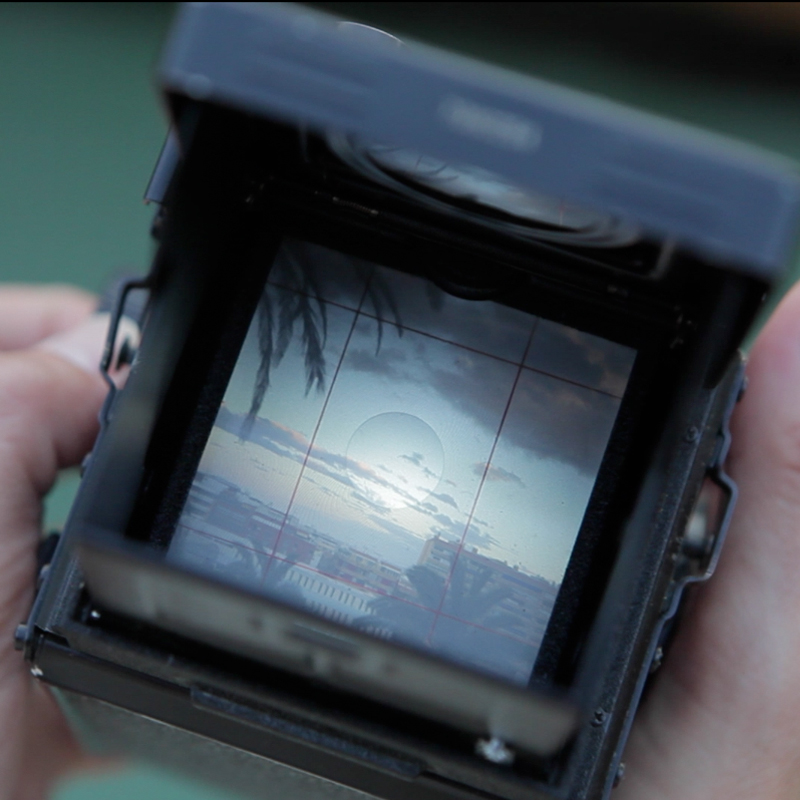


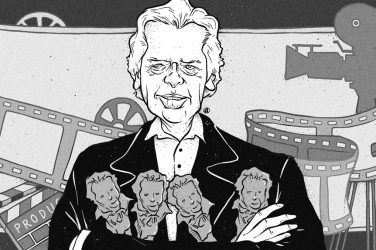
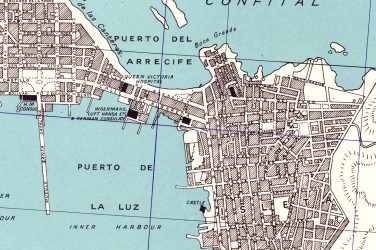
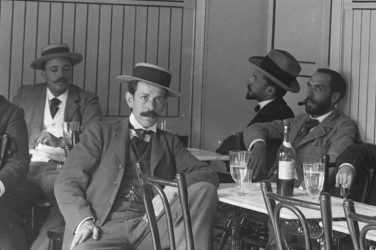
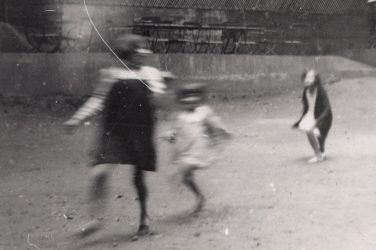
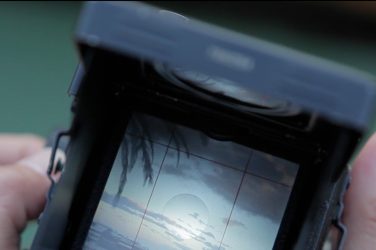
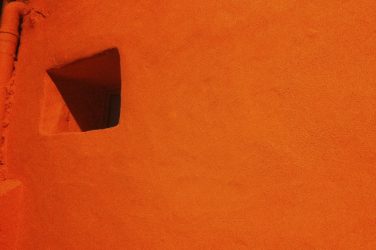

Mostrar comentarios (0)